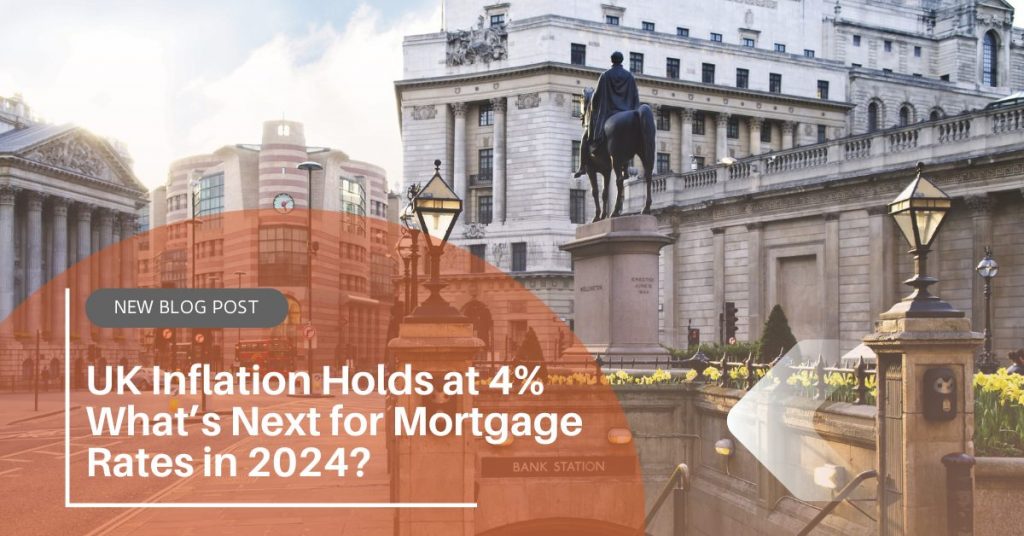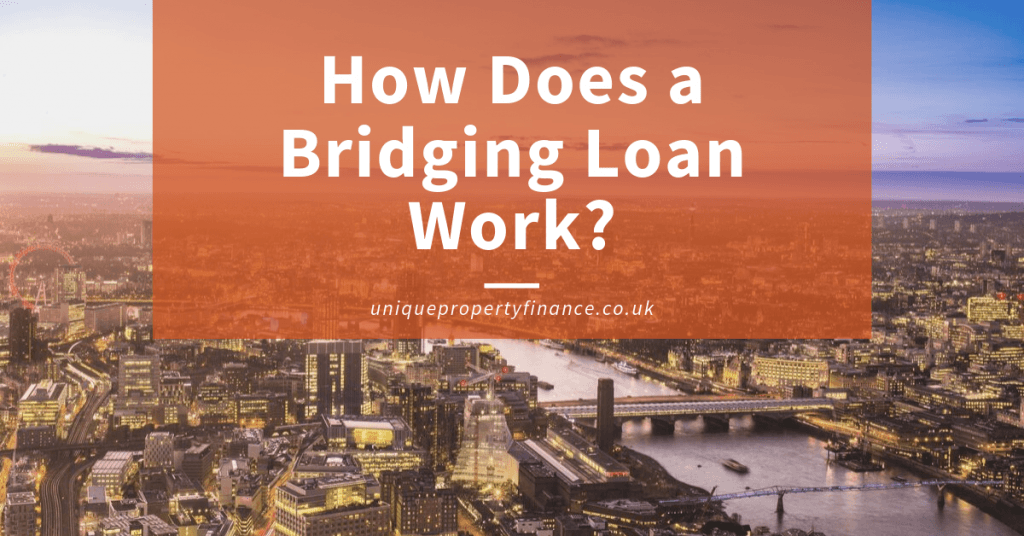
Yes, you can use a property with an existing mortgage for a bridging loan! Even if your property already has a mortgage, it can still be used as security for a bridging loan. There are usually two main options available to borrowers:
Second charge bridging loan: This is the most common scenario. The bridging loan becomes a second layer of security behind your existing mortgage. This typically means higher interest rates for the bridging loan compared to a first charge option (explained below). You’ll also likely need permission from your first mortgage lender to proceed.
First charge bridging loan (less common): This is only possible if your existing mortgage balance is low enough relative to the property value. In this case, the bridging loan becomes the primary lender with first claim on the property in case of repayment issues.
Additional factors to consider:
Equity: No matter which option you choose, there needs to be enough equity remaining in the property after considering both loans. This reassures the bridging lender they can recoup their funds if necessary.
Exit strategy: Having a clear plan to repay the bridging loan quickly is essential. This could involve selling another property, securing a long-term mortgage on the bridged property, or refinancing the existing mortgage to absorb the bridging loan.
Overall, using a property with a mortgage for a bridging loan is possible, but it comes with additional considerations. Weigh the options carefully and consult with one of our experienced Bridging Finance Brokers to ensure it aligns with your financial goals.




About The Author: UniqueProgressum
More posts by UniqueProgressum